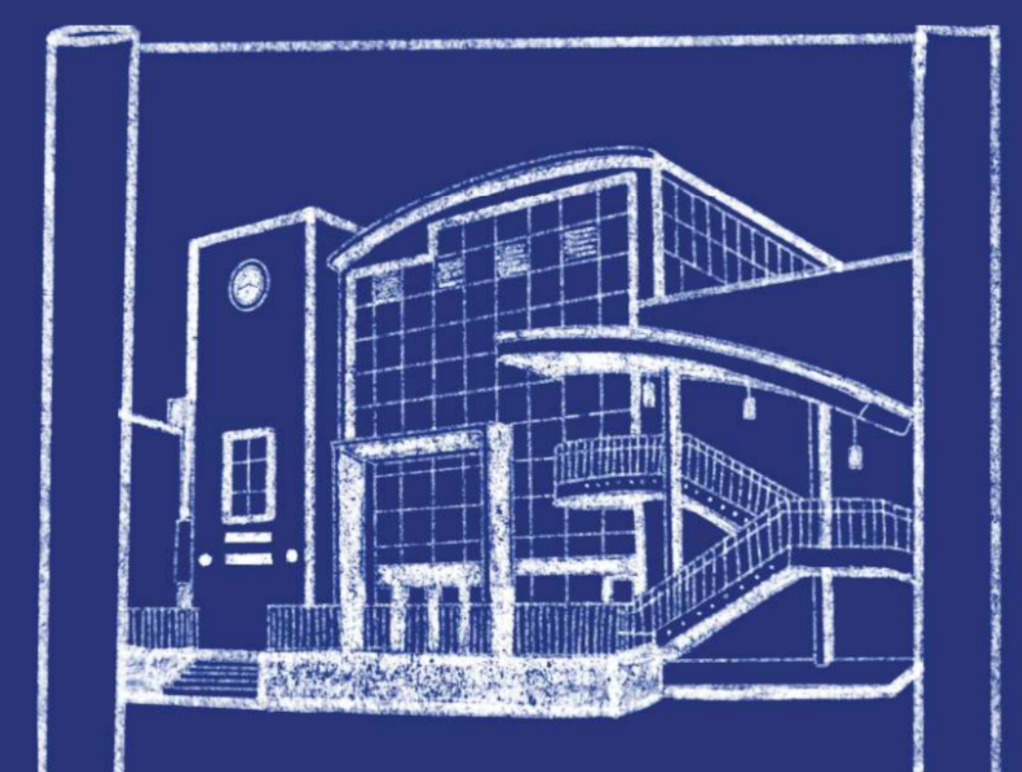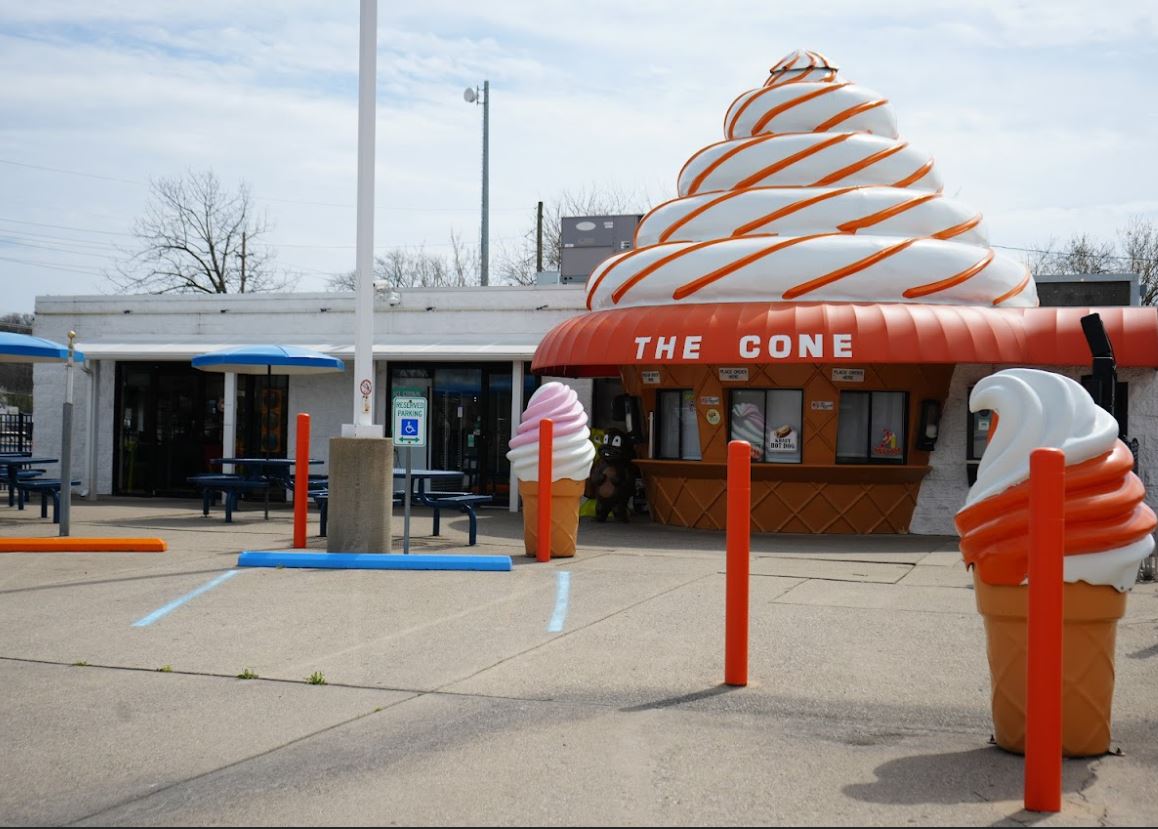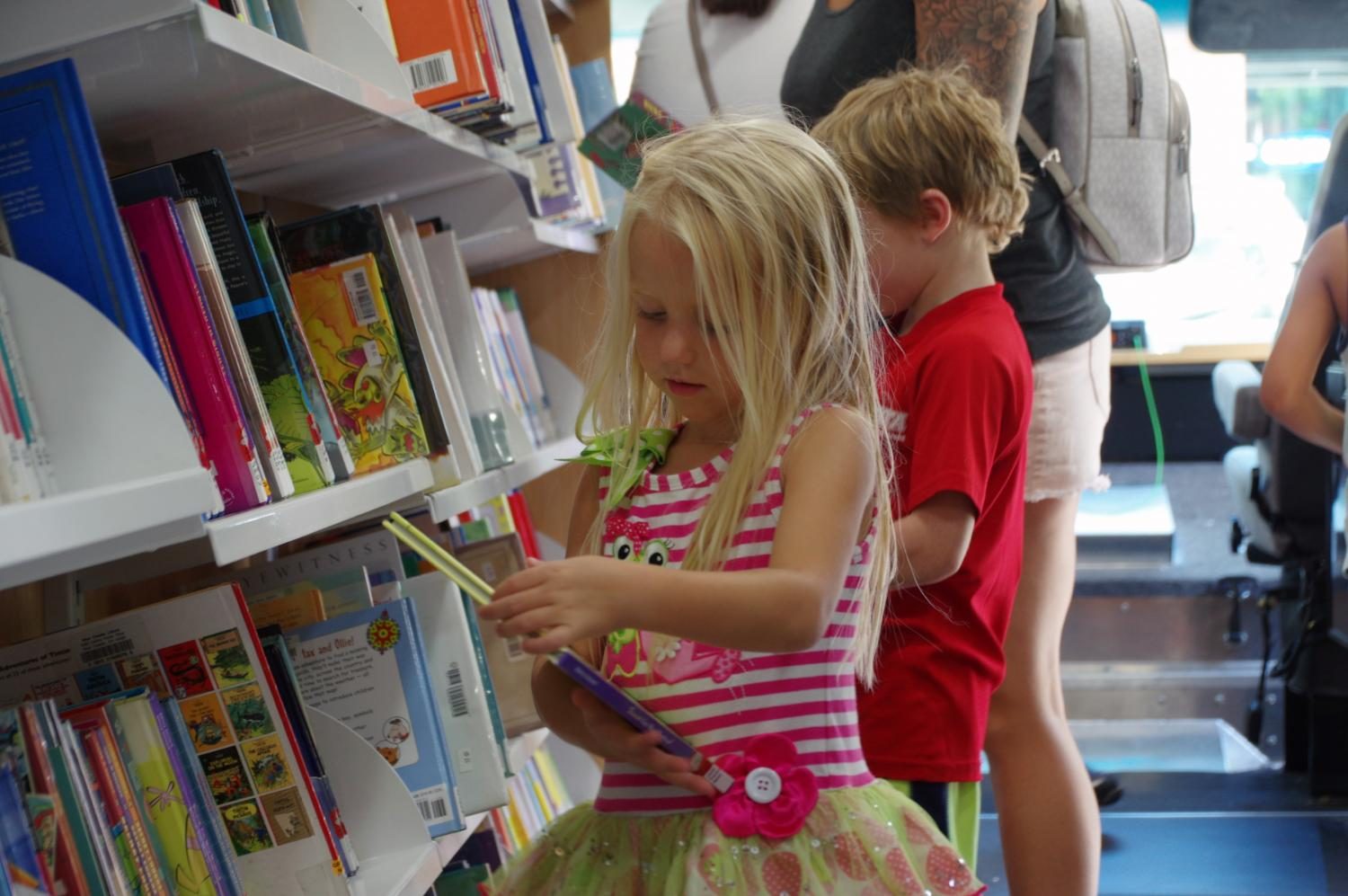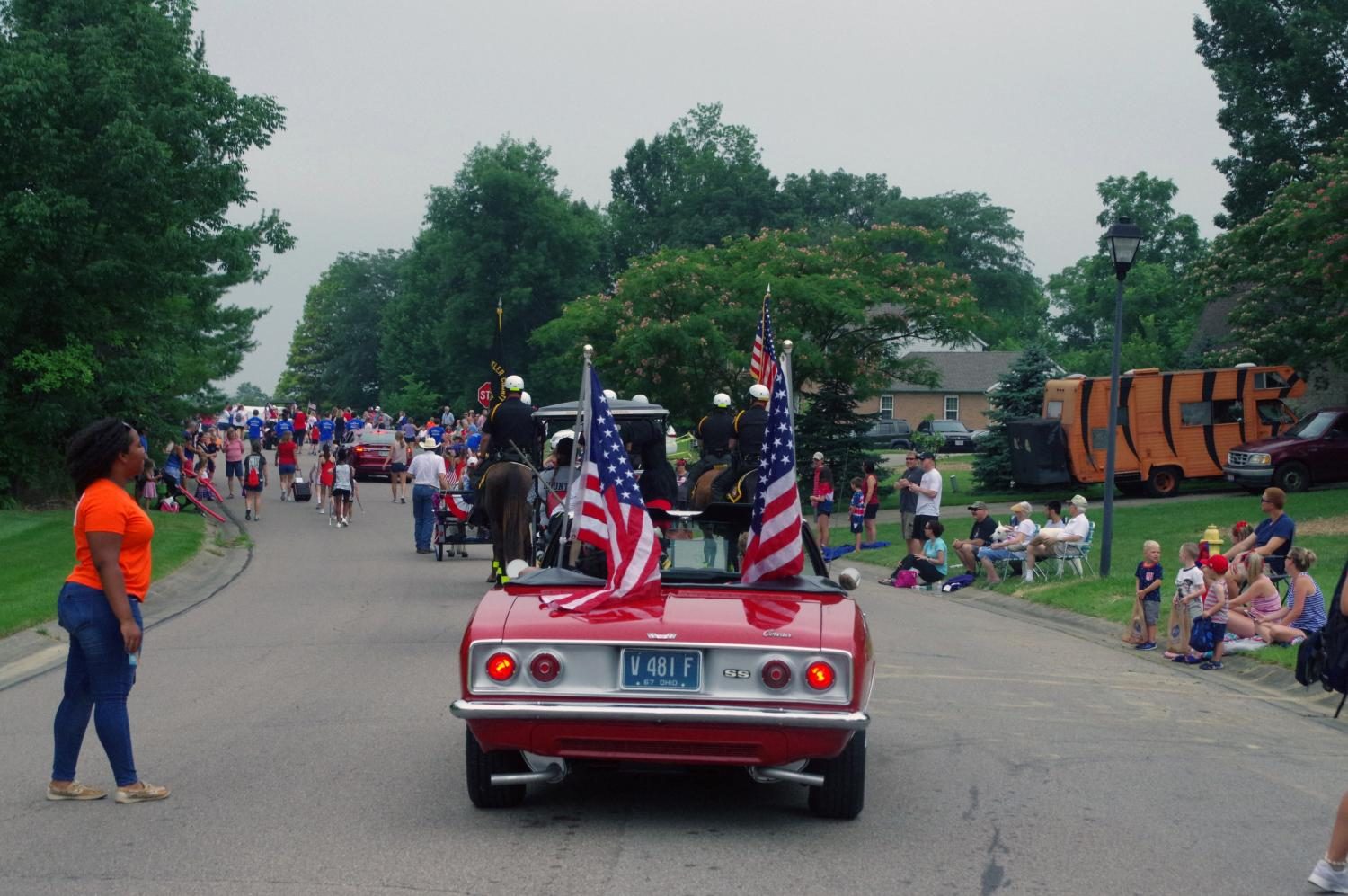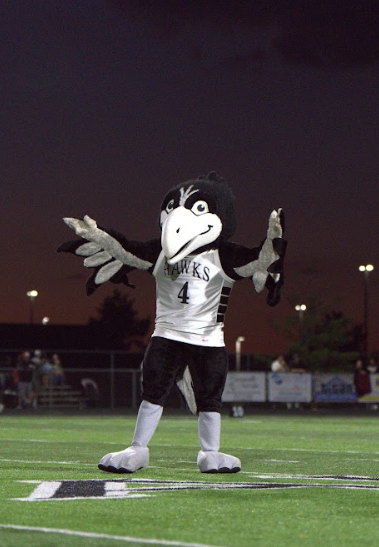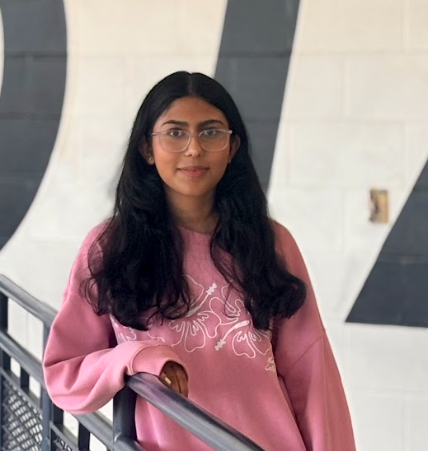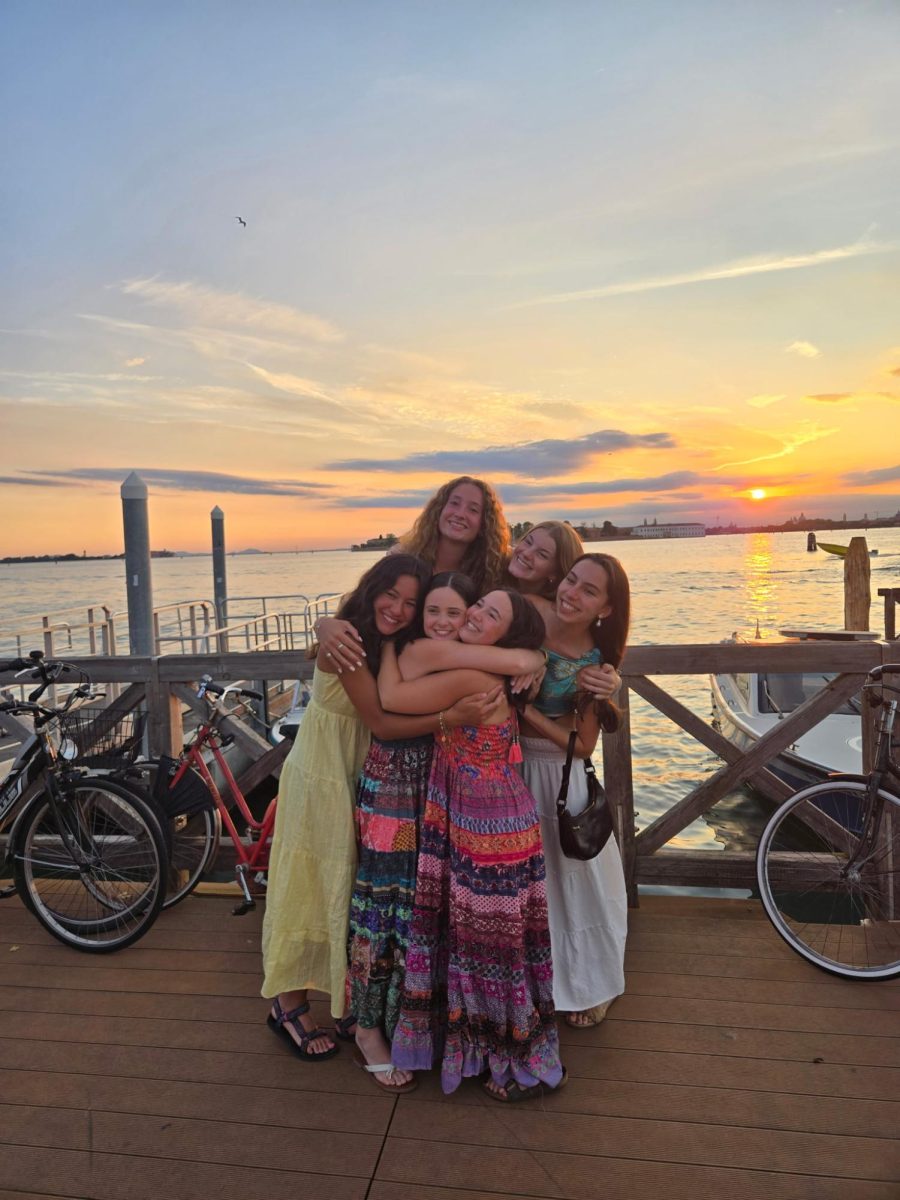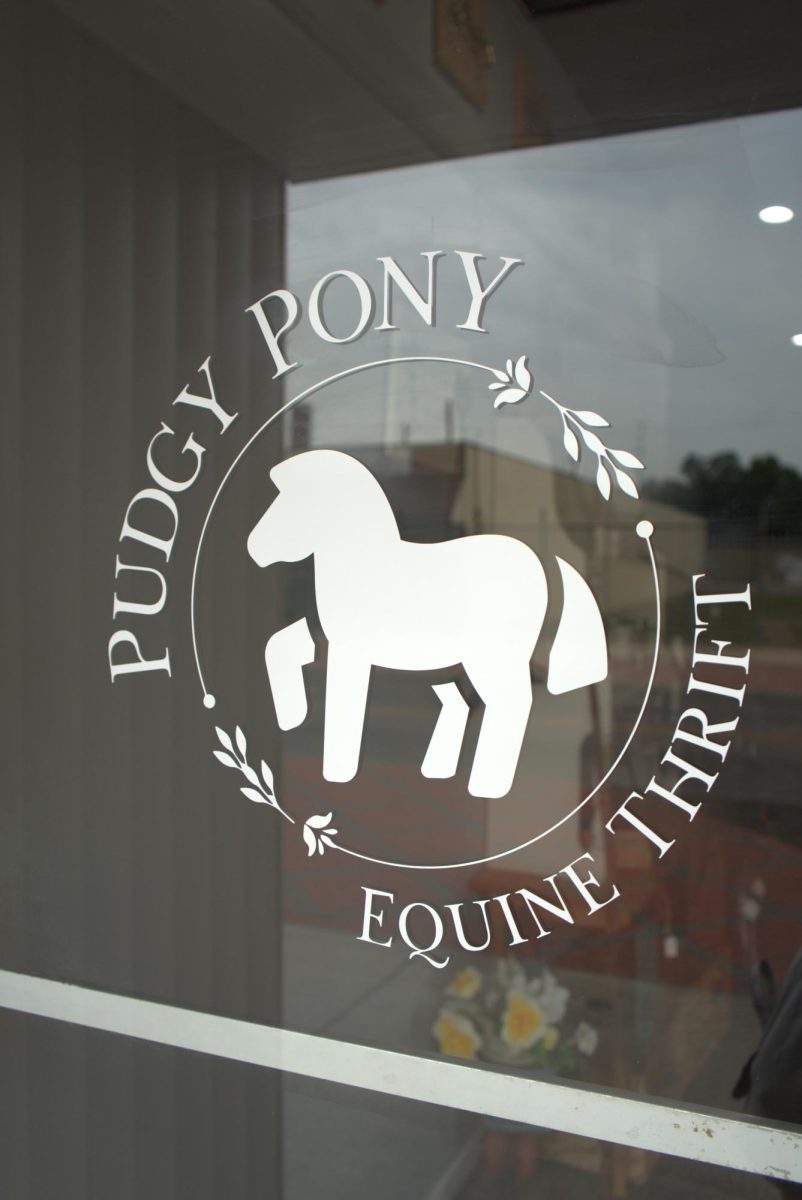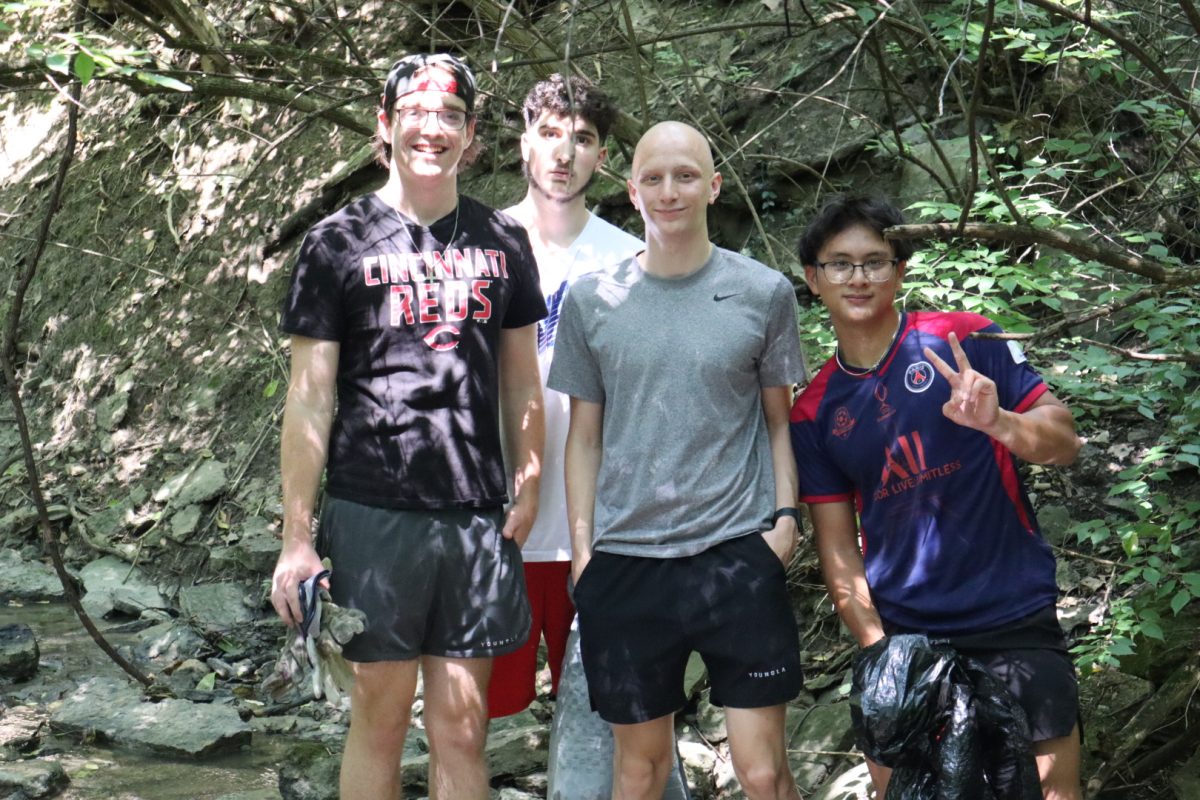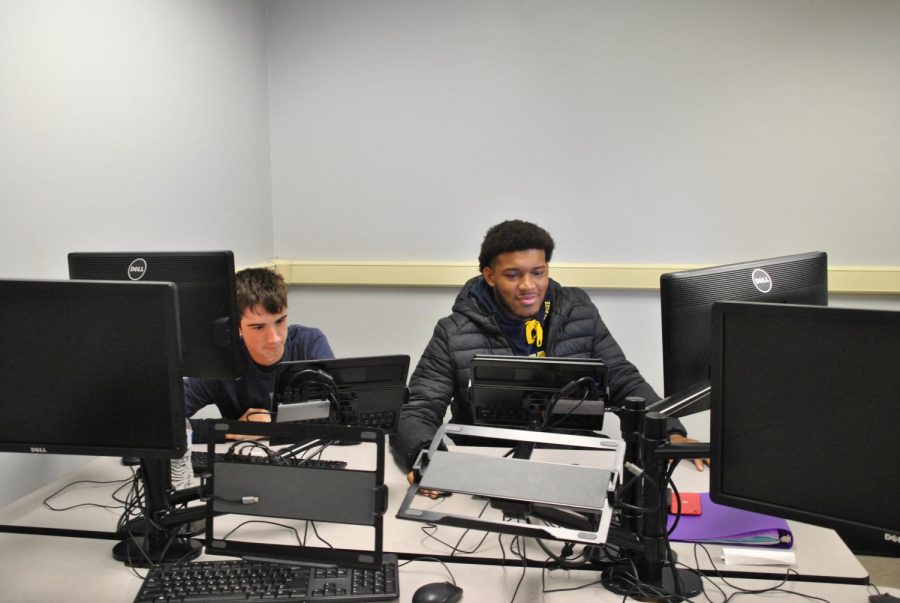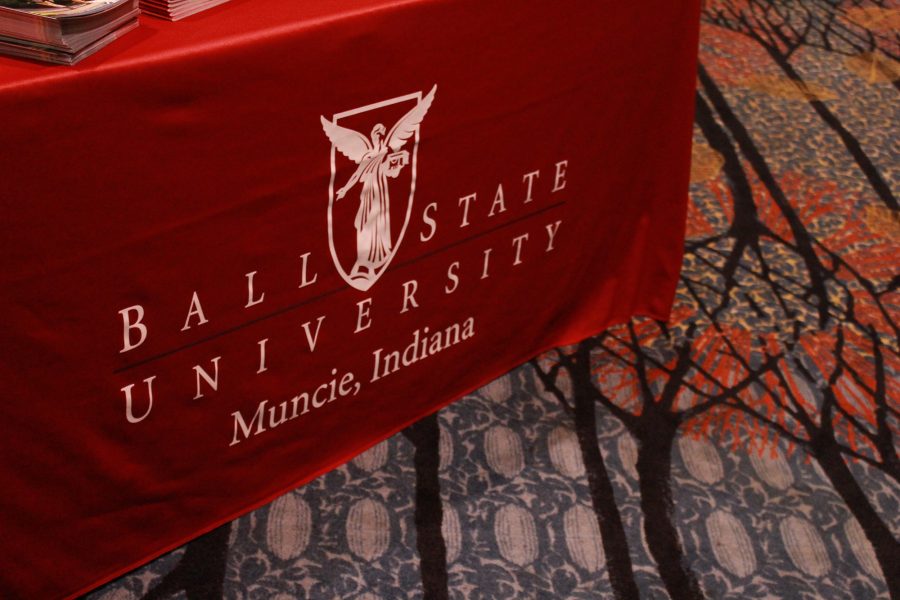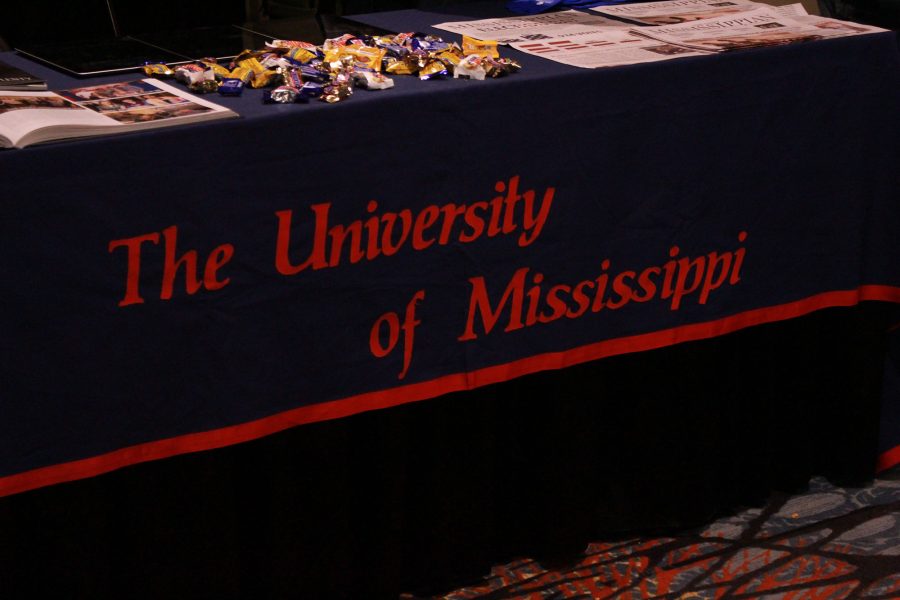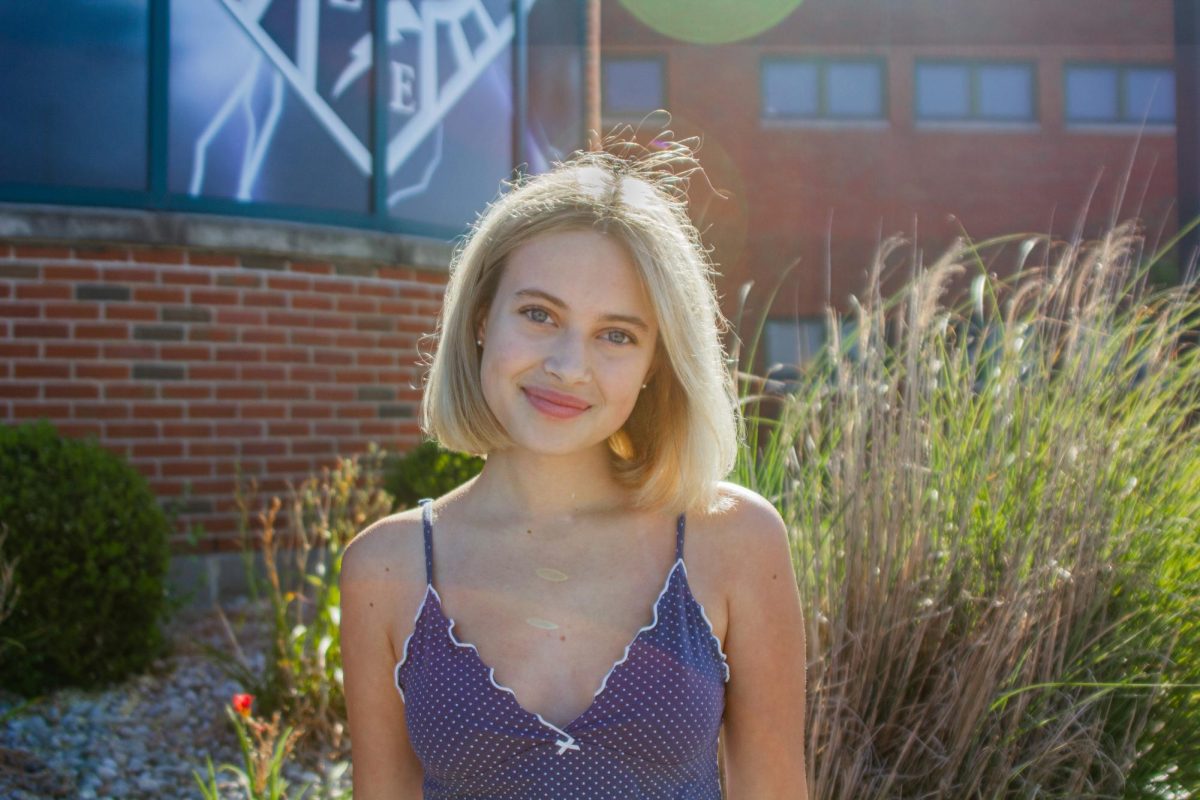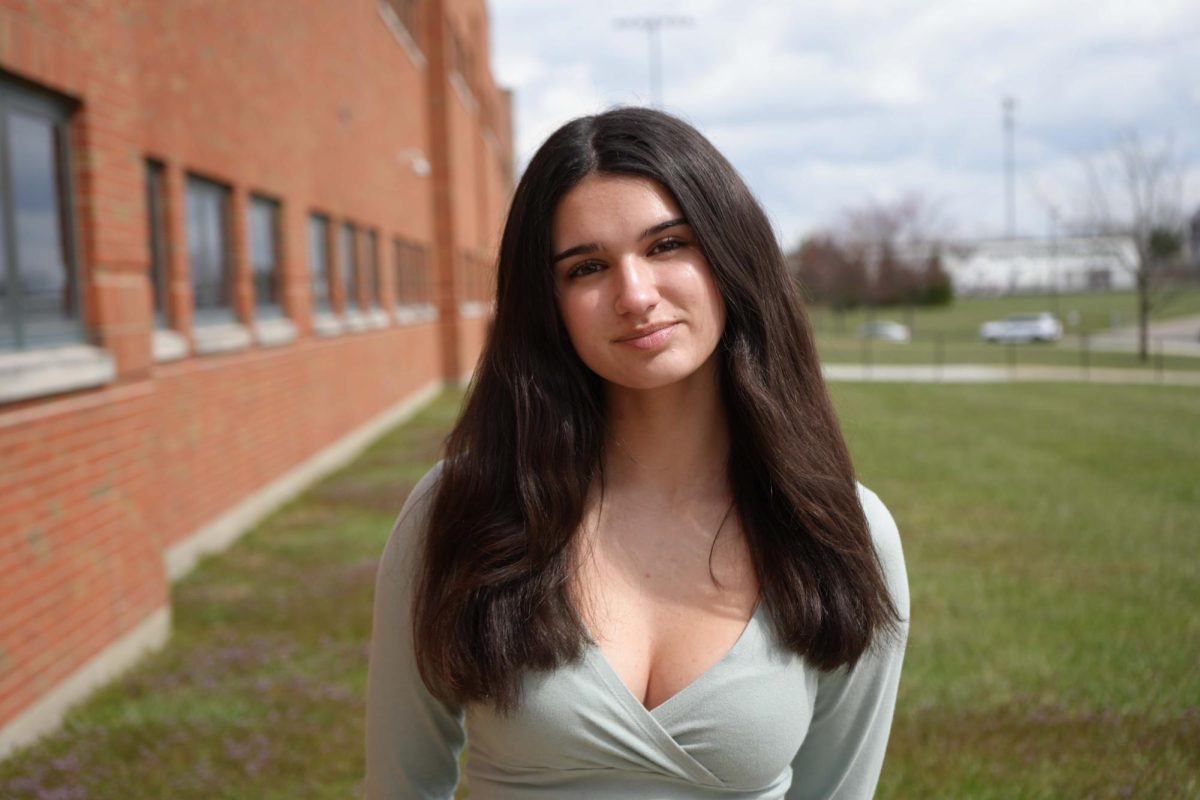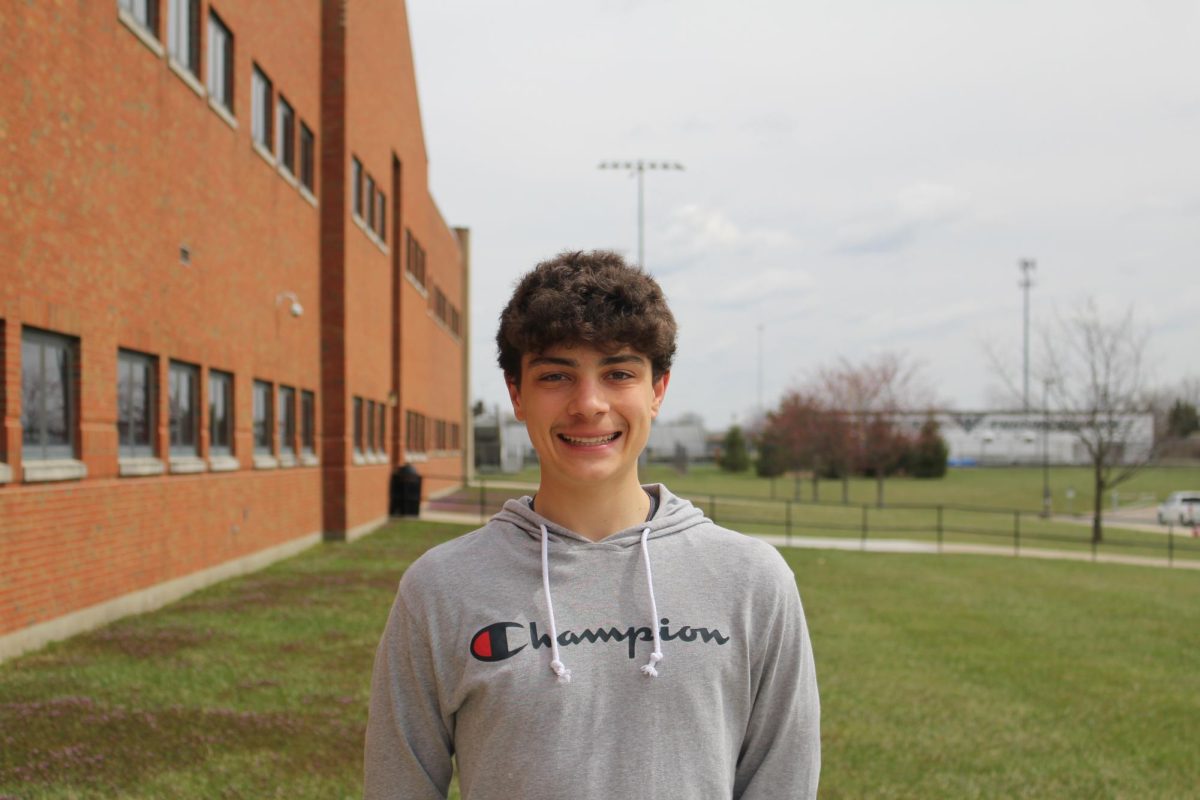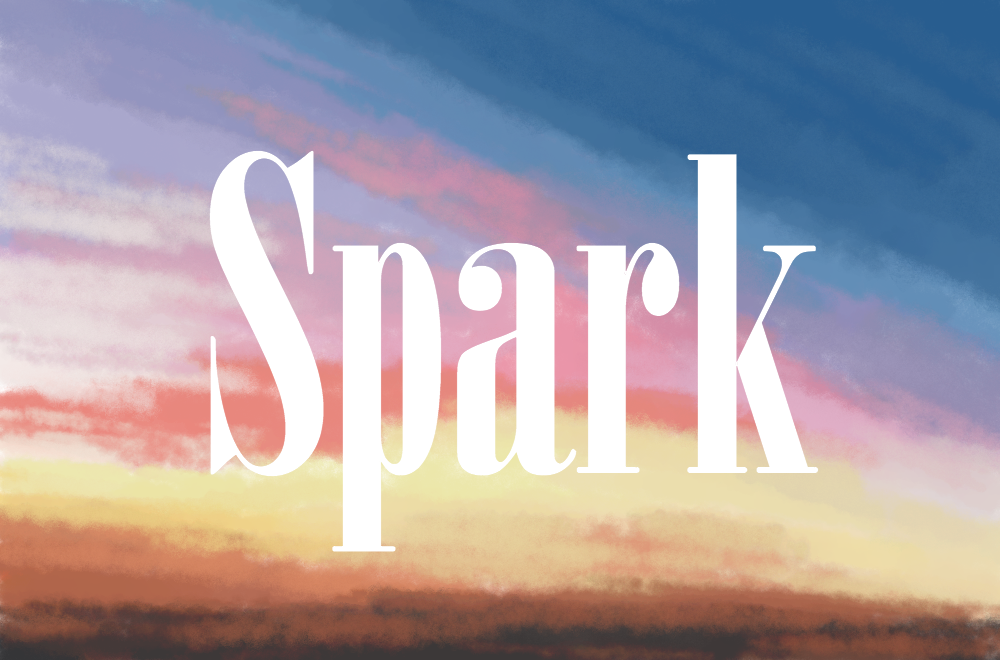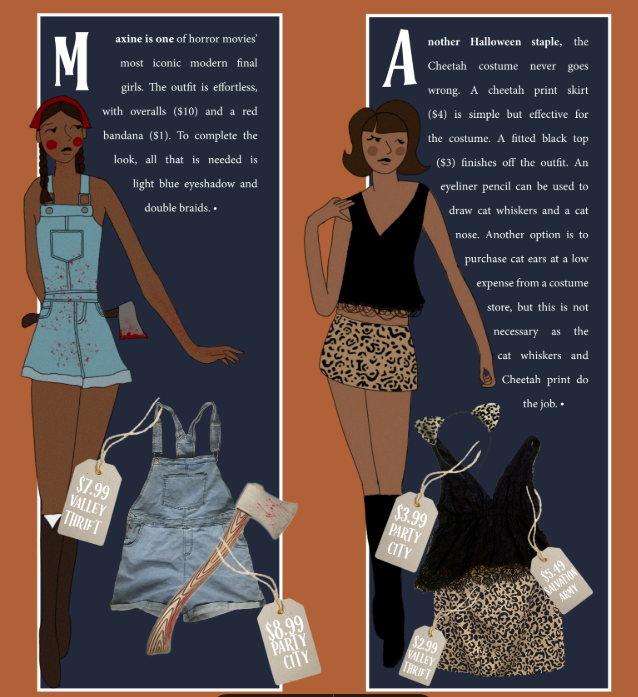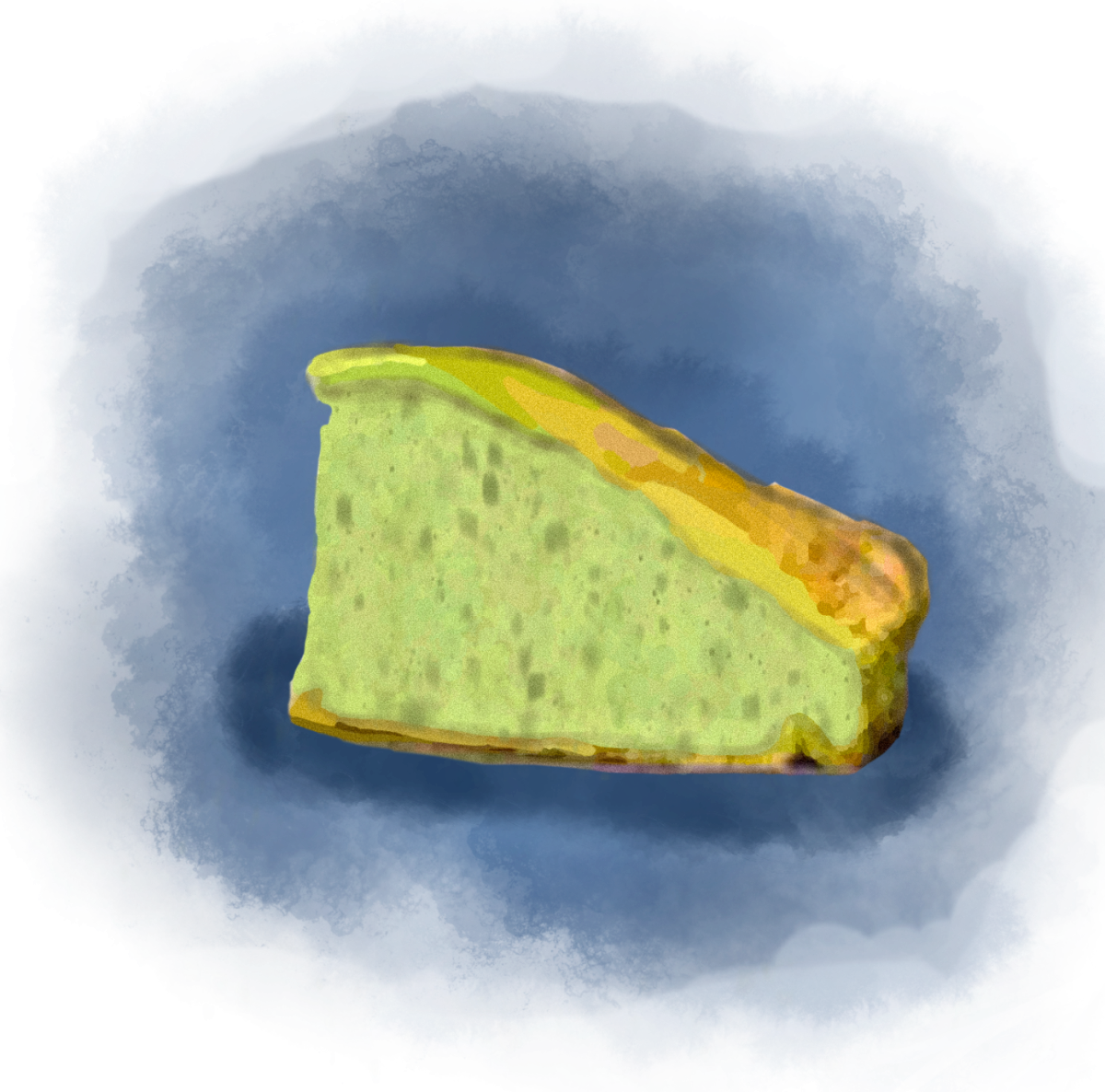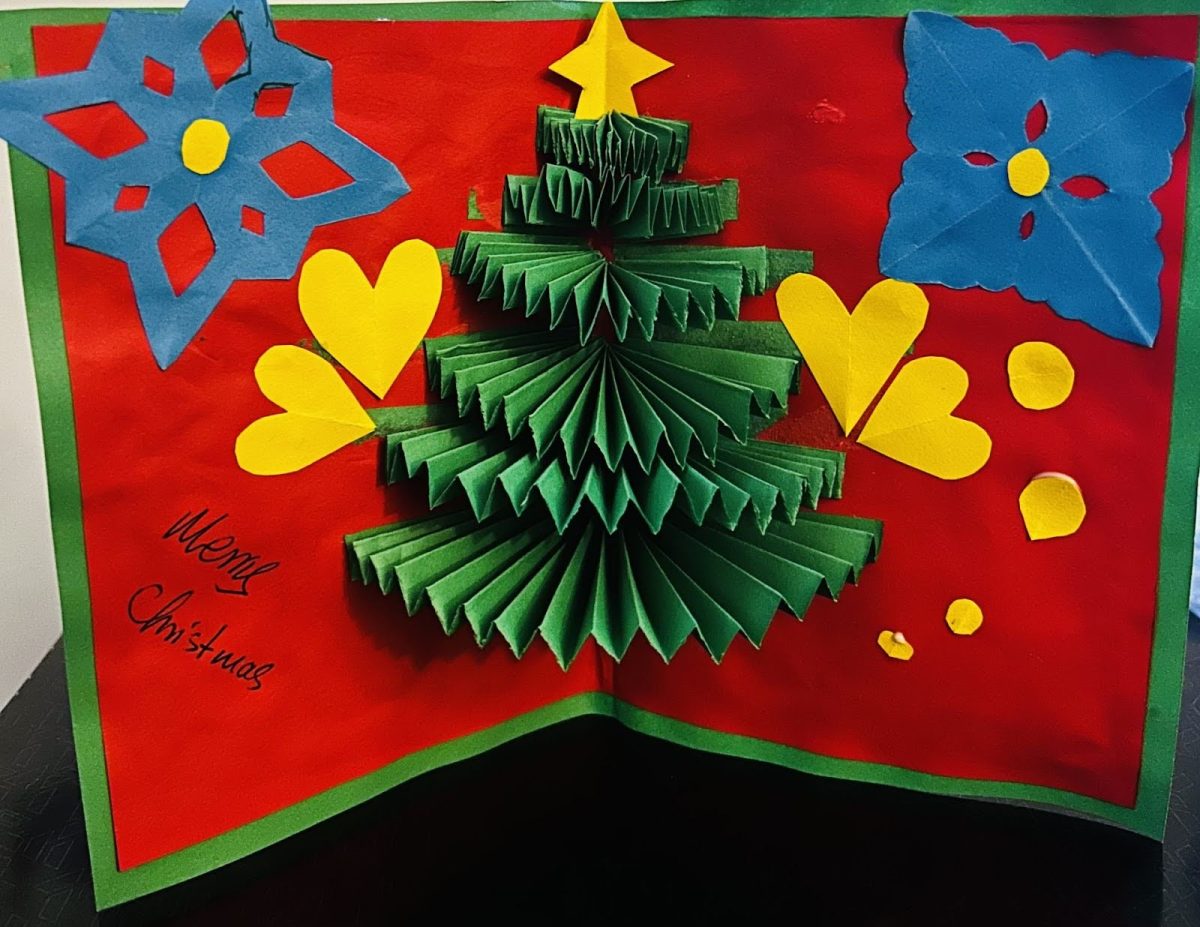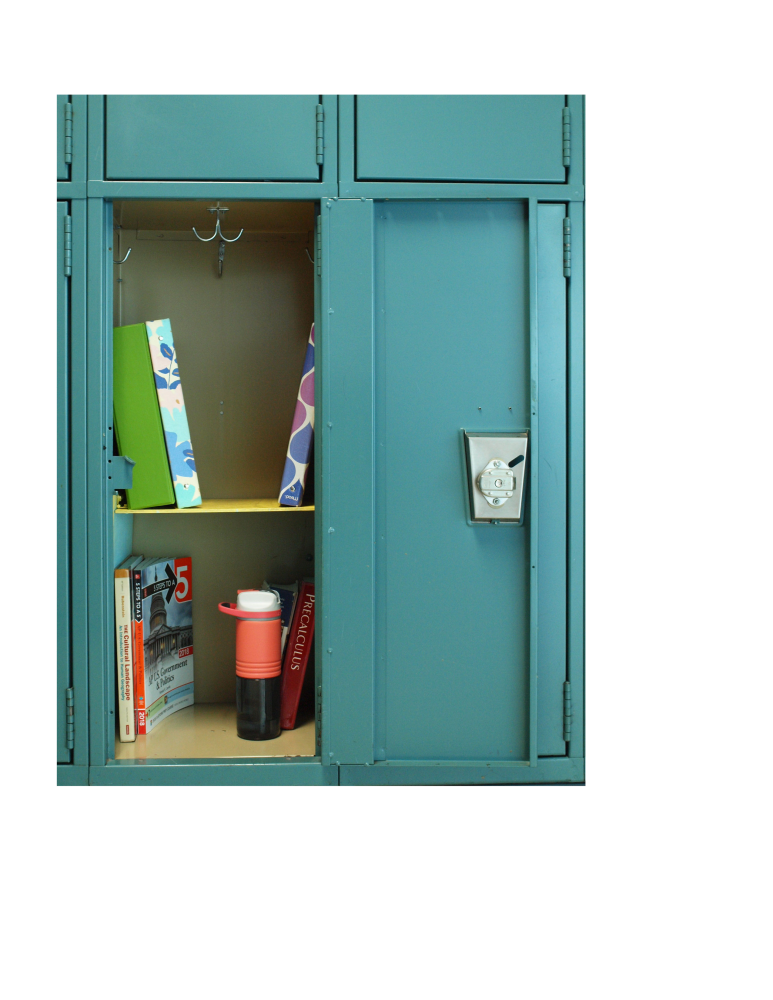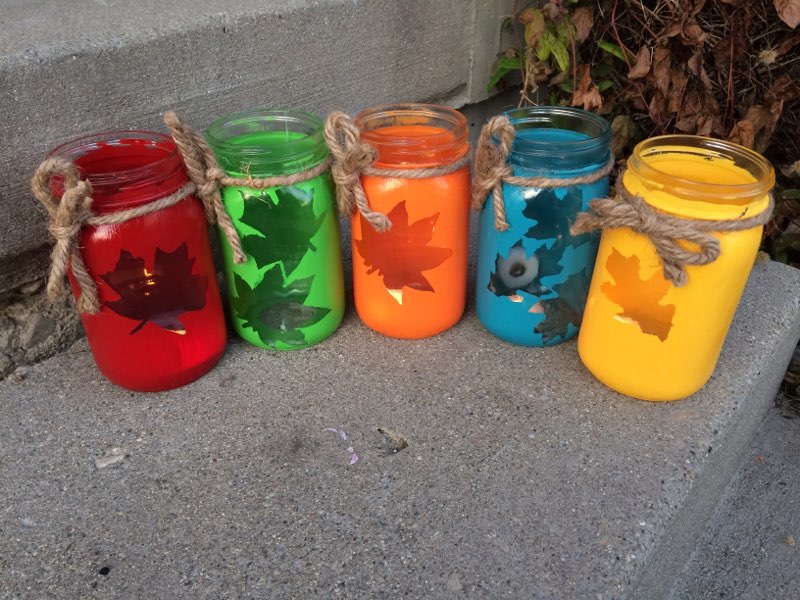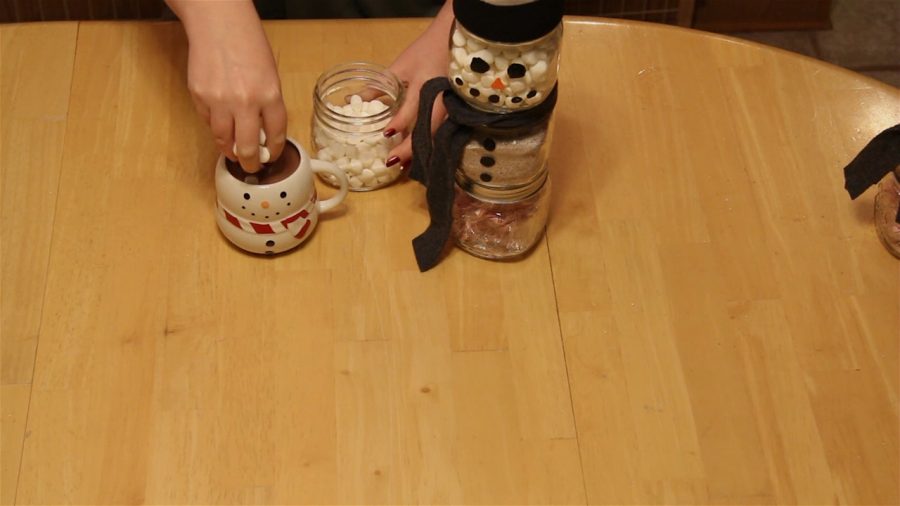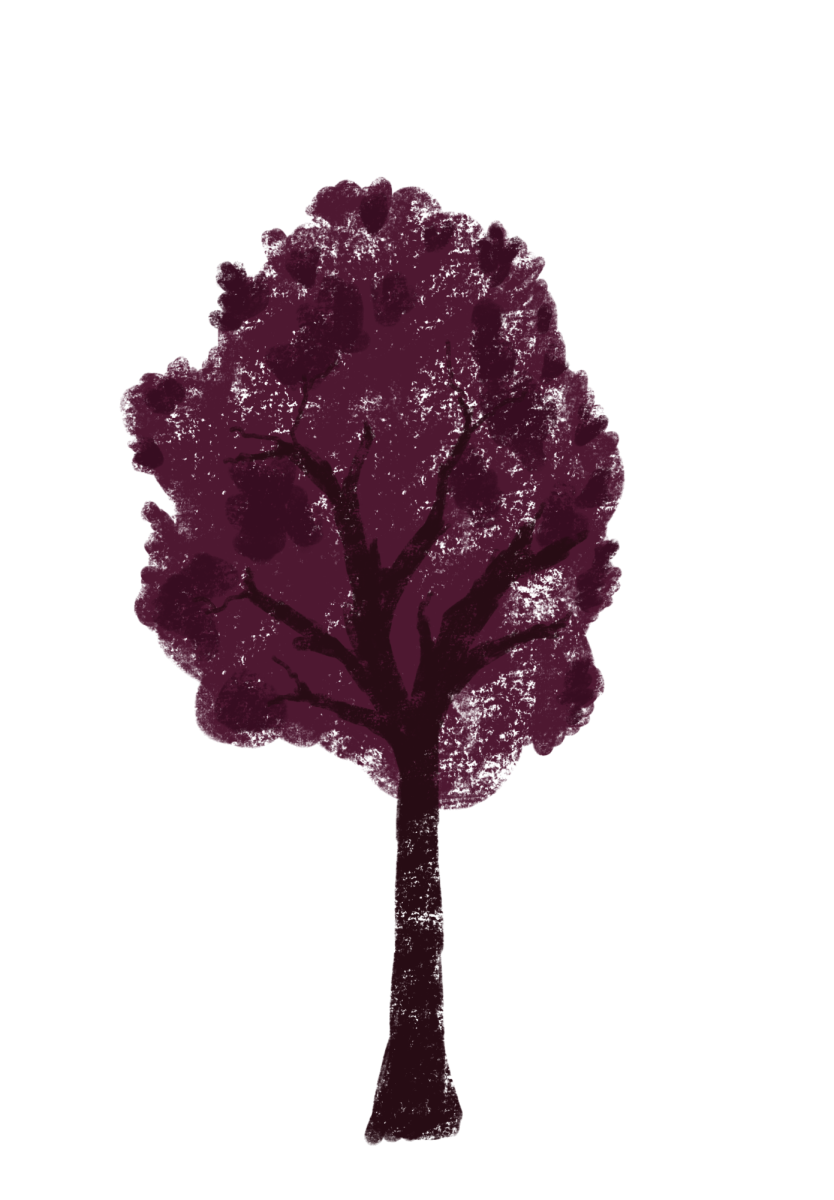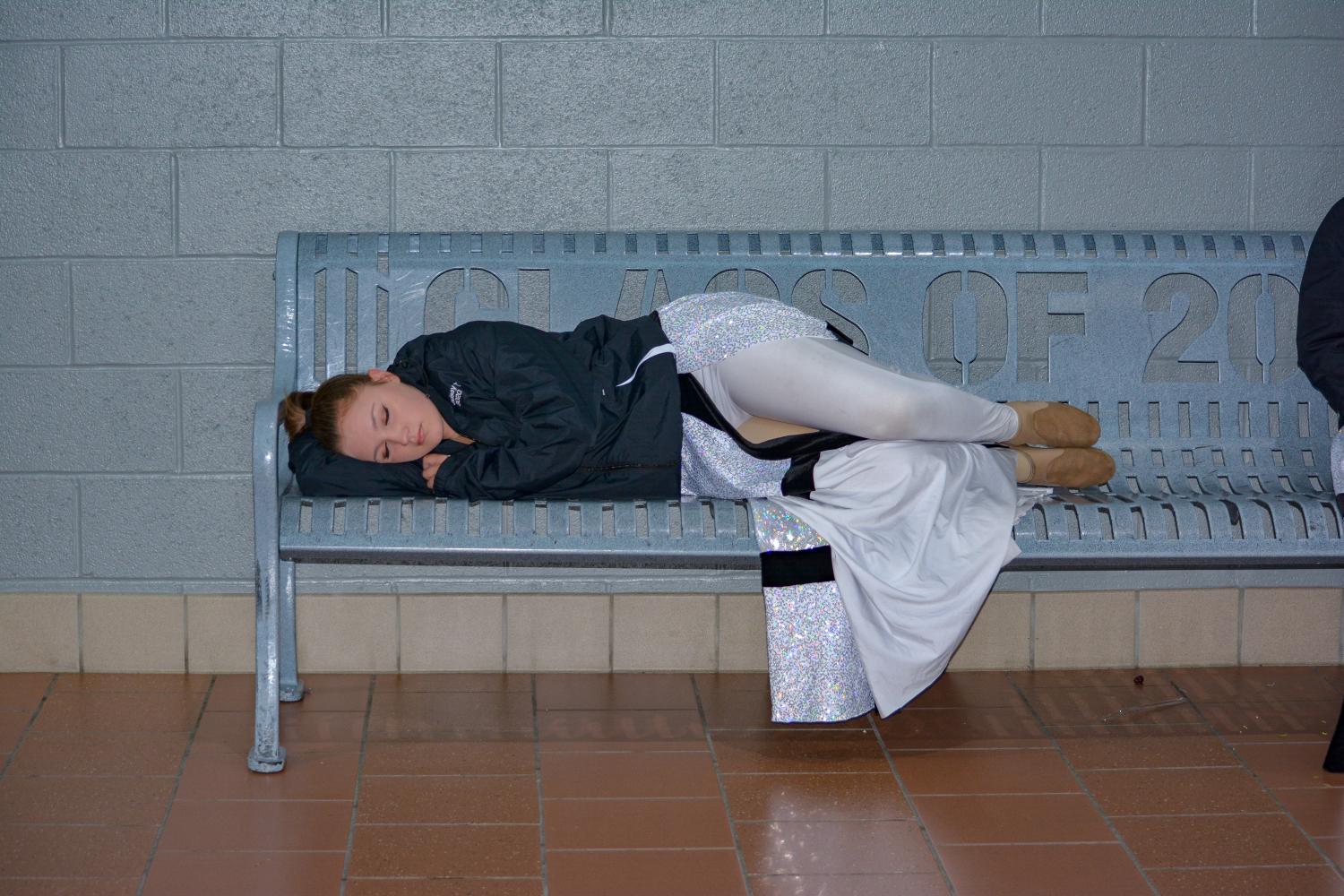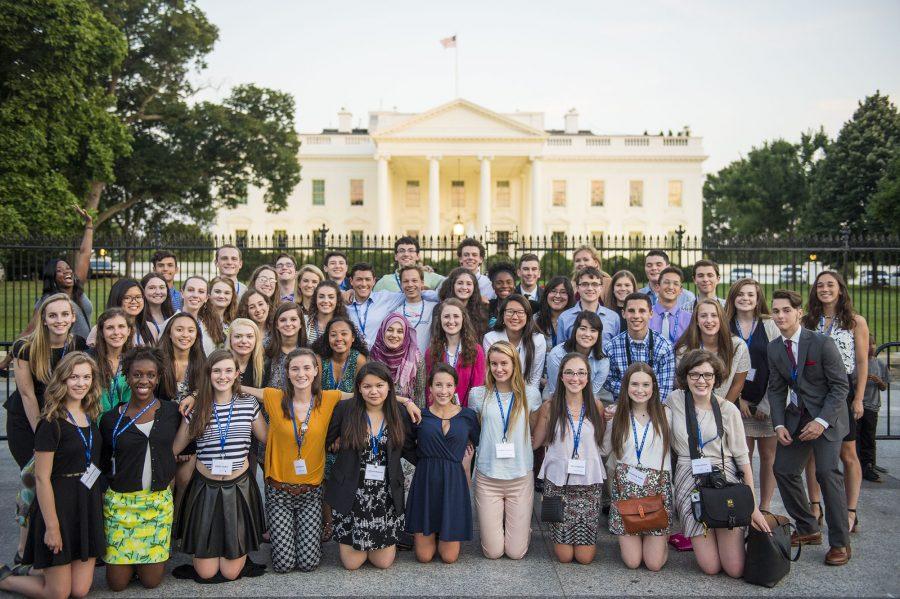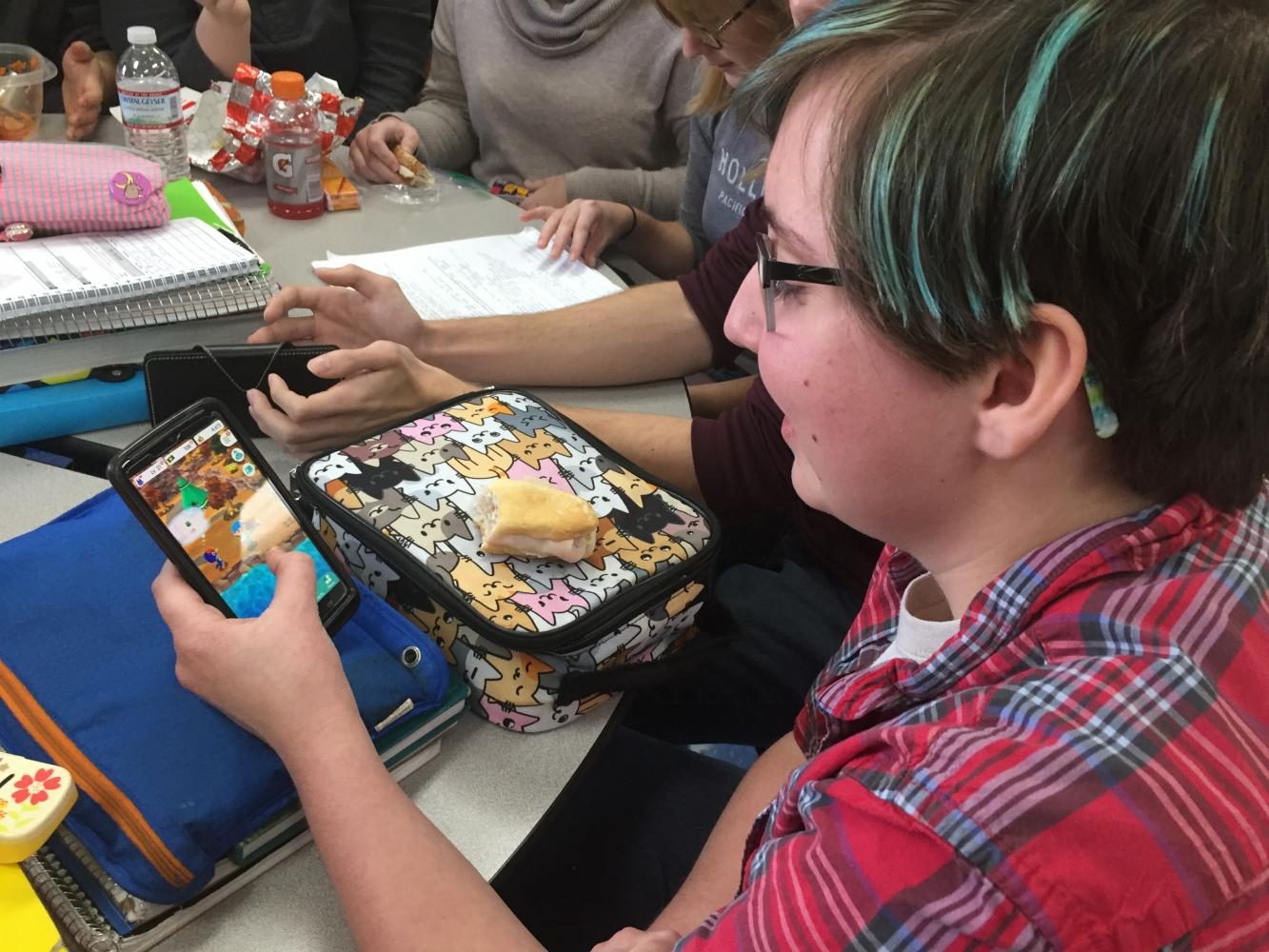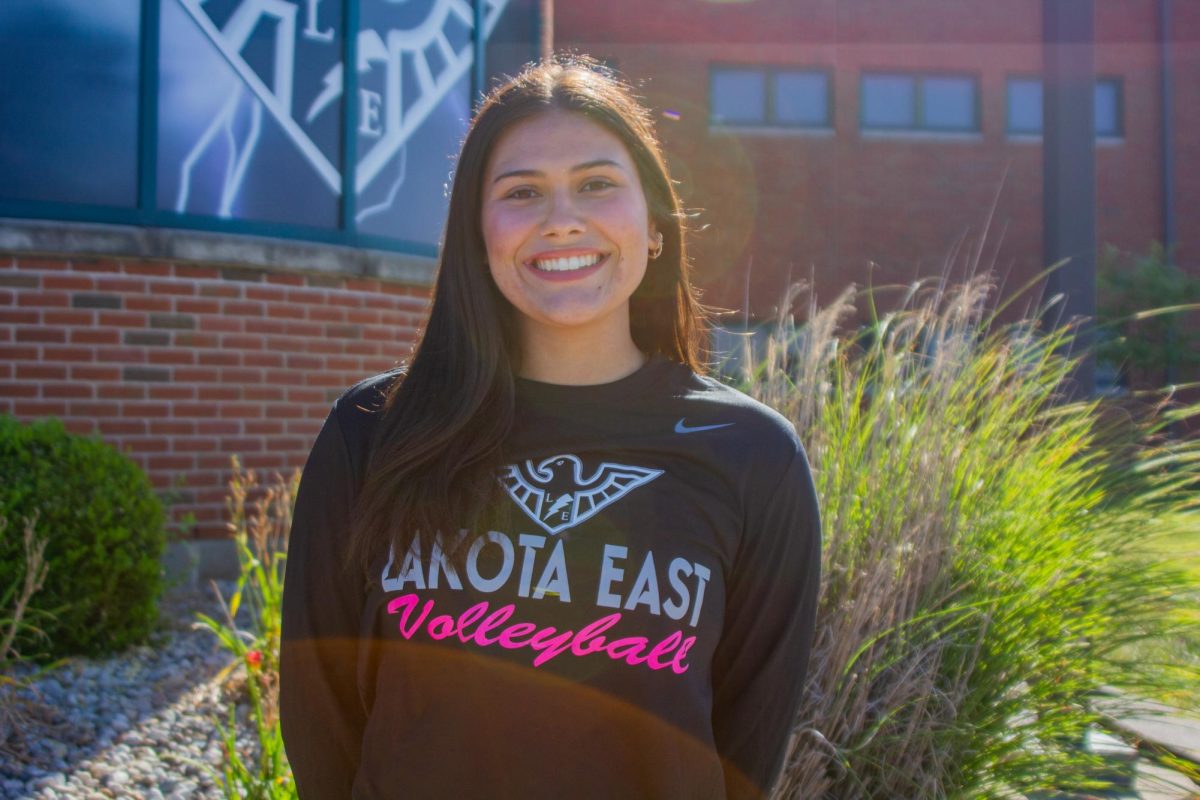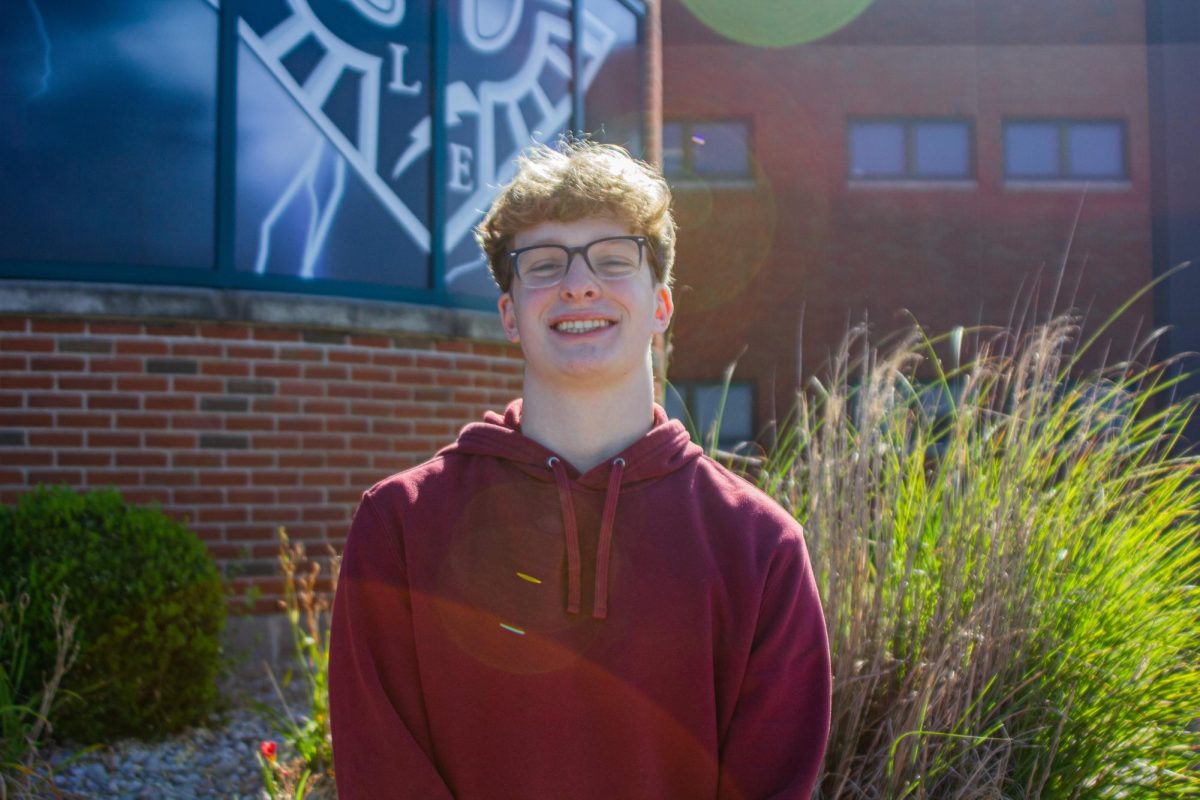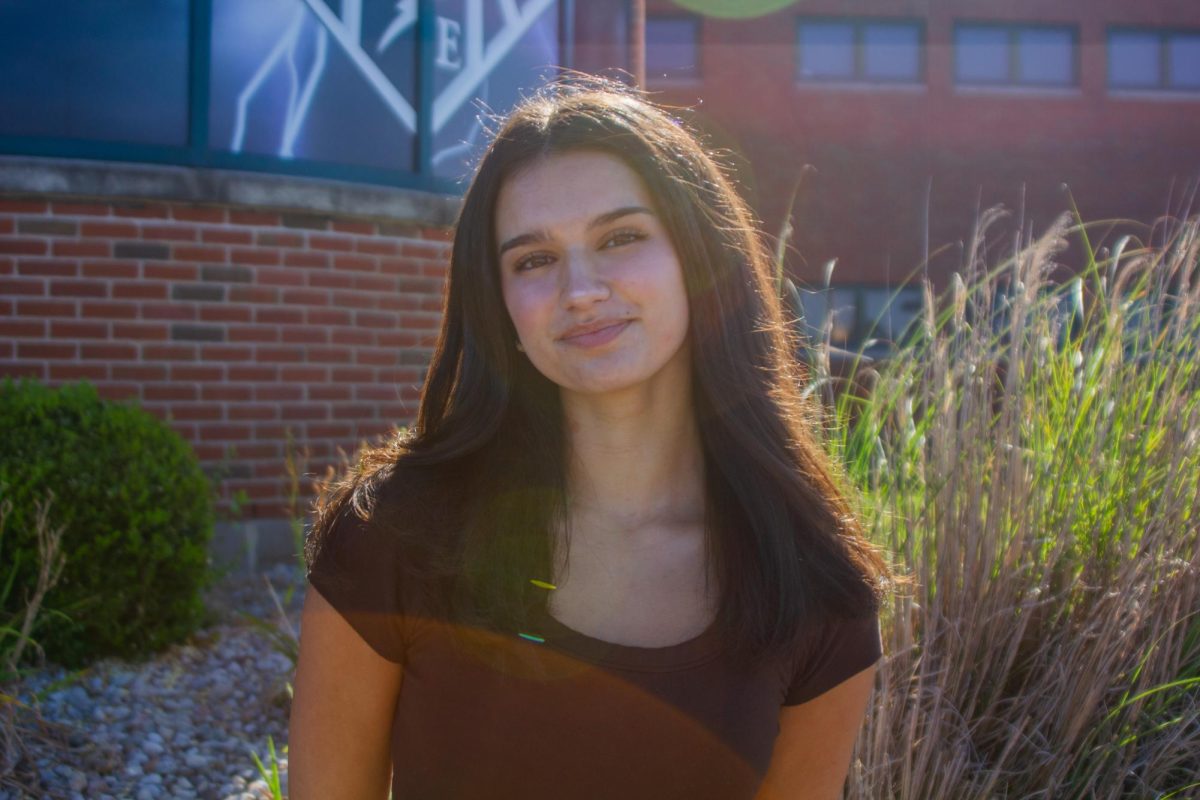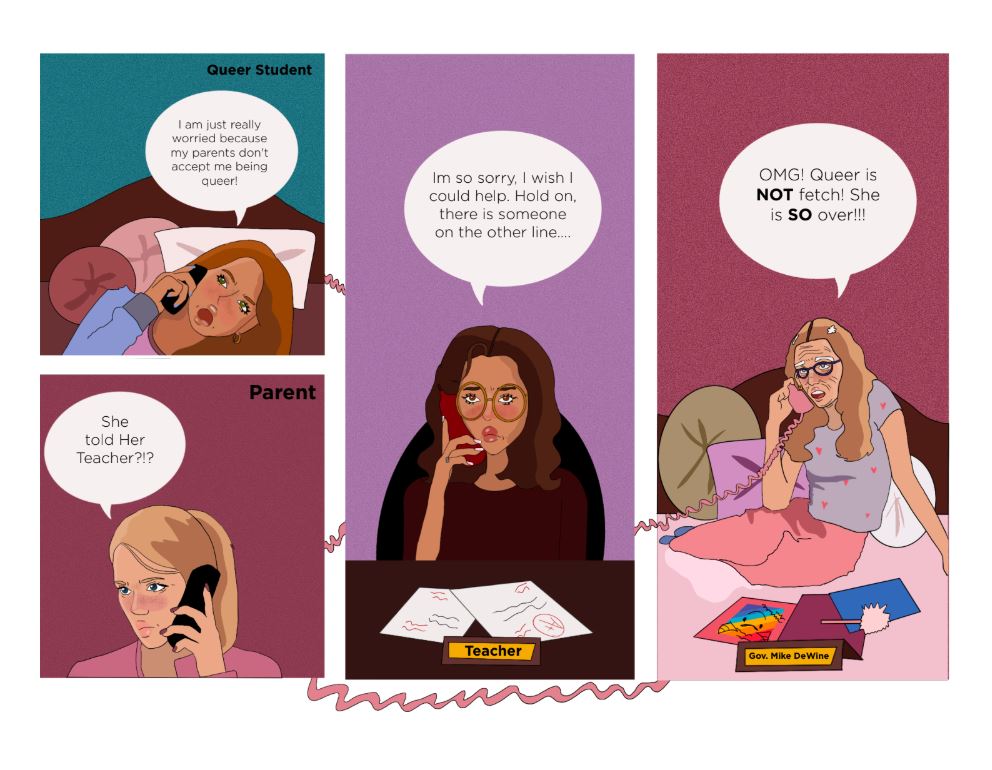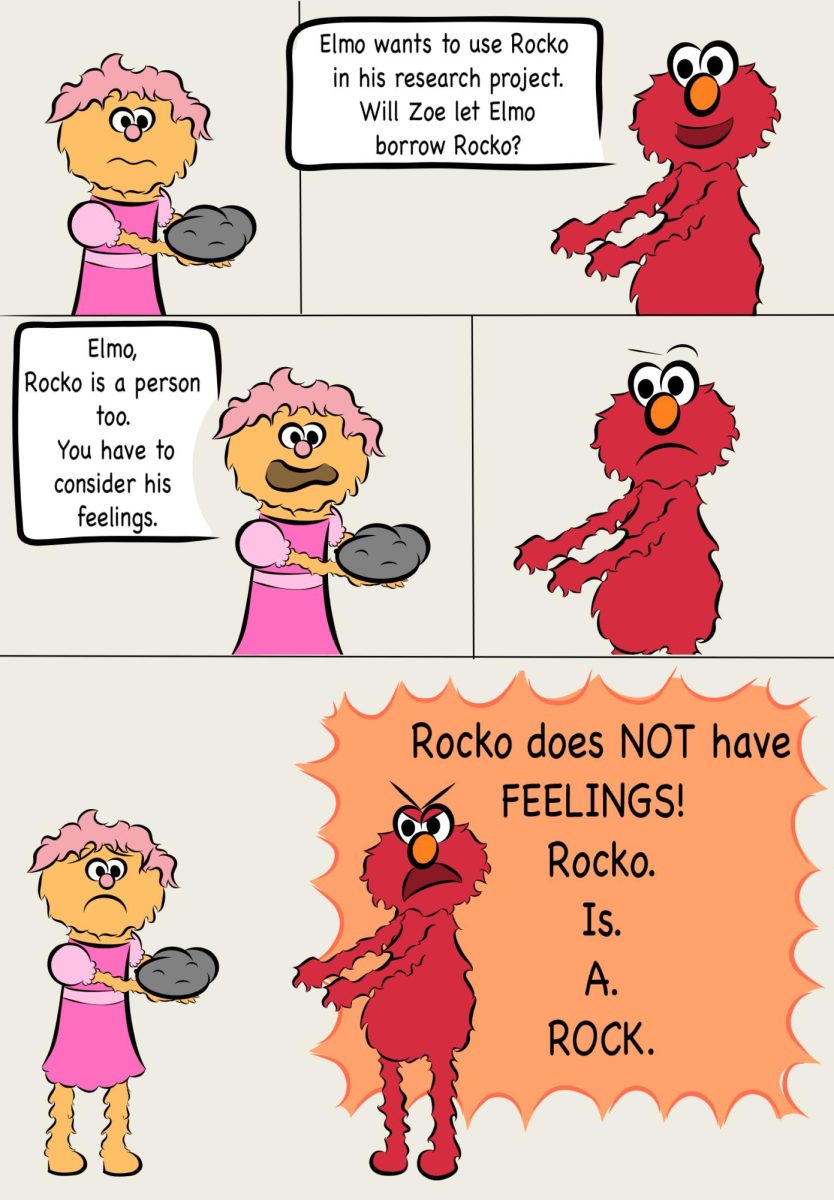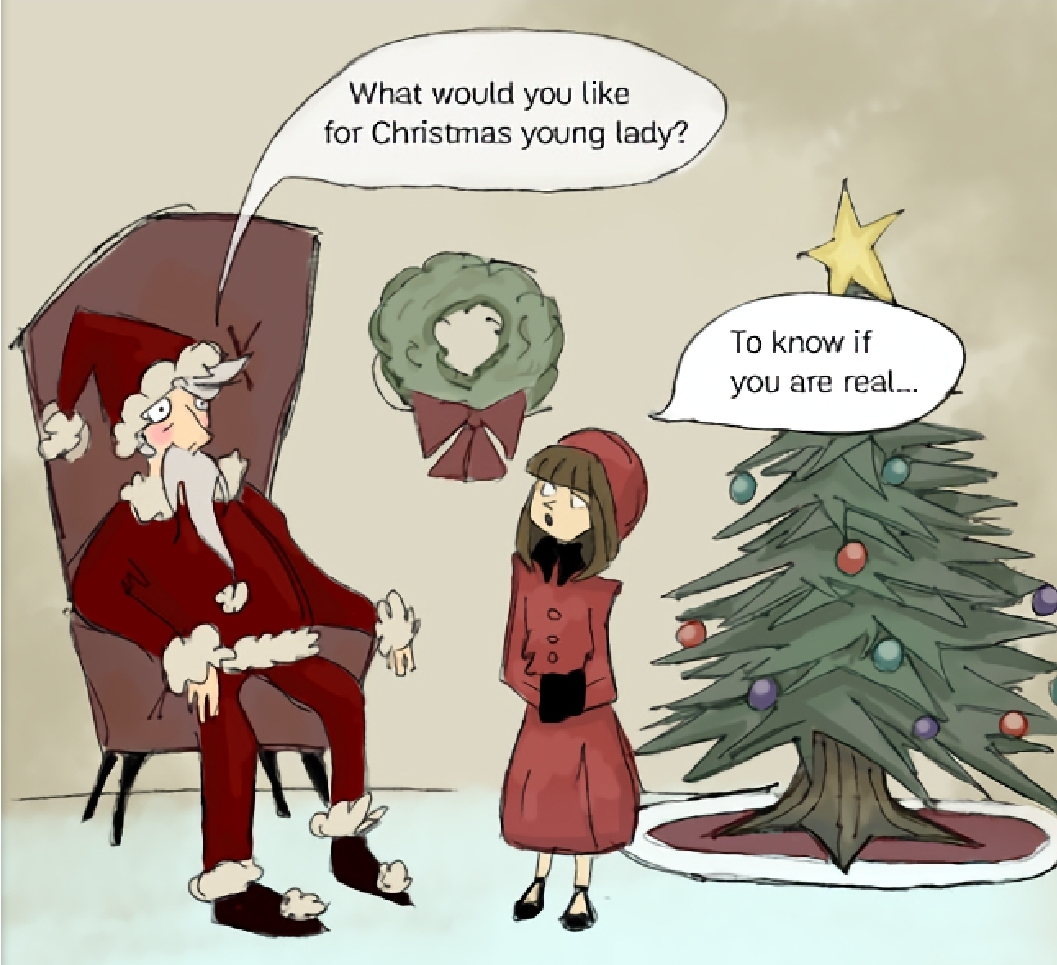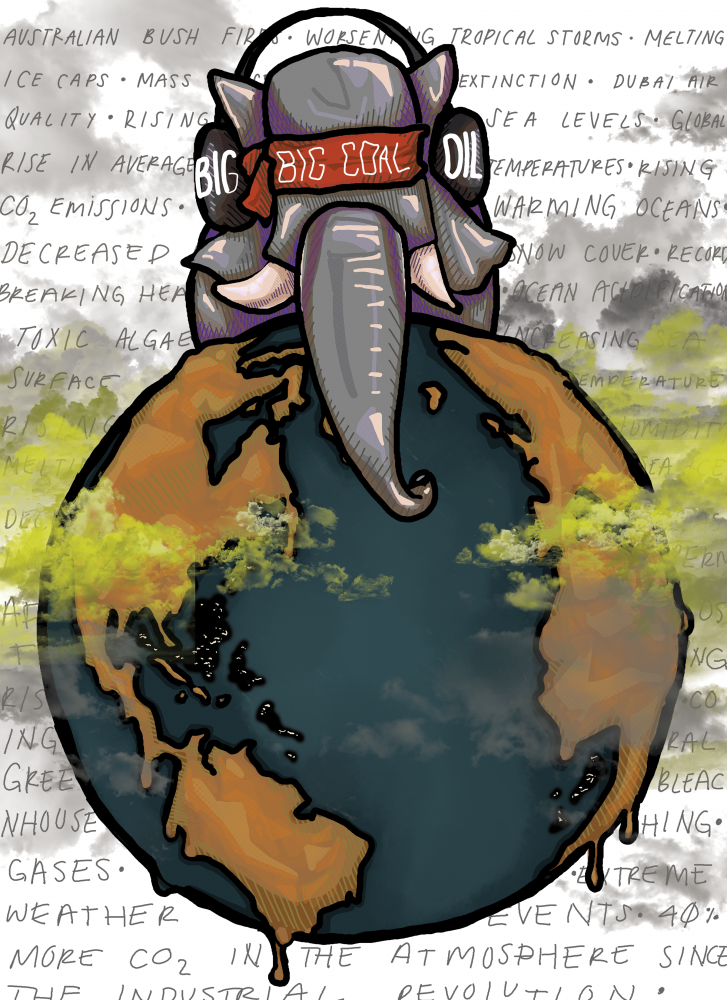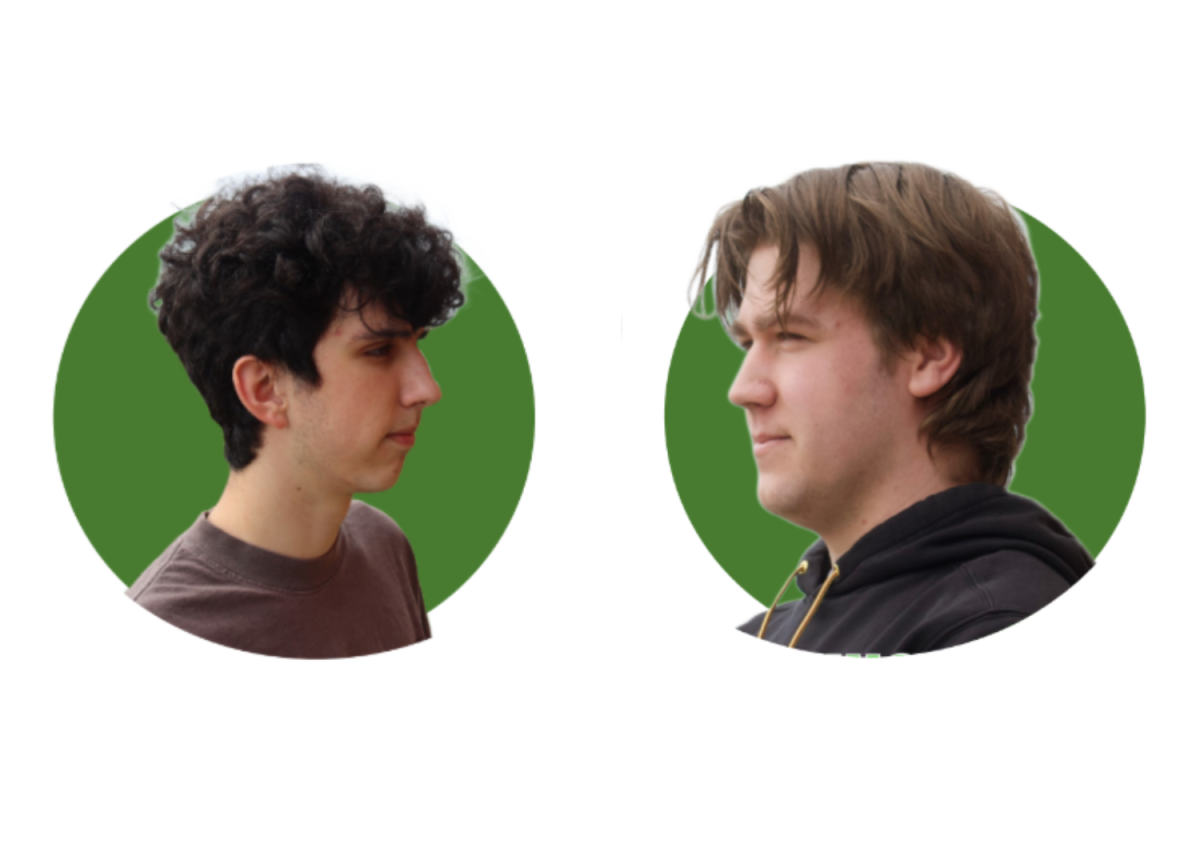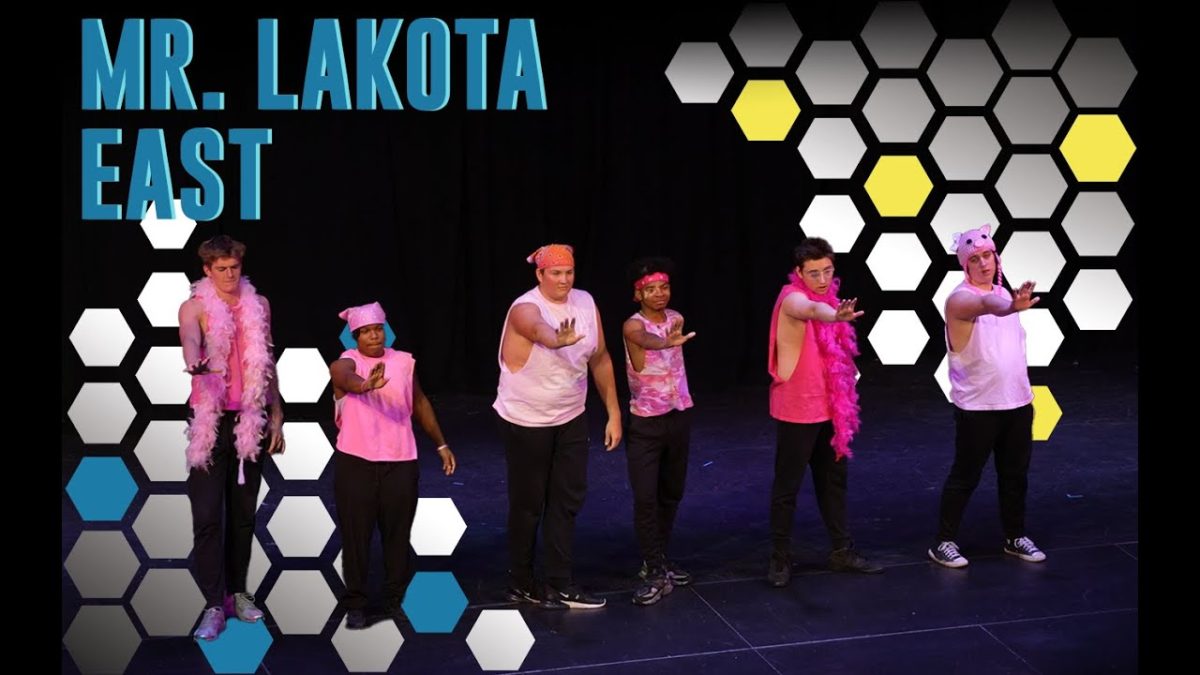Tucked behind the football field in the corner of the East property is a rich ecosystem full of native trees, plants and organisms. Far removed from the LED-lit hallways of the school, this unique habitat is a reforestation area grown from the ground up by East Environmental Science teacher Mark Folta and East students.
This one-acre reforestation habitat has recently been established as a Certified Wildlife Habitat through the National Wildlife Foundation (NWF). This certification was granted in November 2024. According to Folta, it took a lot of hard work to get to this point. Ever since the reforestation area’s inception in 2016 and the first tree planted in 2017, Folta has been working with volunteers to reach his goal of reforesting part of the ecosystem in Ohio that used to be covered with trees.
“Native habitats have been destroyed one way or another, and in Ohio, it’s been through deforestation,” Folta told Spark. “95% of Ohio was once forested, and if we’re going to restore habitat in this area, it should really be a forest because that’s what’s natural to this area. So, I wanted to have a reforestation area.”
There were checkpoints that Folta had to meet and an application through the NWF to become a Certified Wildlife Habitat. Folta said that the reforestation area actually already met all of the necessary criteria.
In order for a habitat to be a Certified Wildlife Habitat, the requirements are food, water, cover and shelter and a place for wildlife to raise their young, according to the NWF. There also needs to be sustainable gardening practices such as soil and water conservation and controlling non-native species. It is also highly recommended that 70% of the plants in the habitat are native plants.
According to the NWF, “Native plants are the foundation of a wildlife habitat garden. They provide ample sources of food, cover and places to raise young.”
The reforestation area has been upkept by Folta and the many volunteers who have been a part of the project. Every year, they clear out the invasive species to make sure that the native plants can thrive. Along with removing invasive species, the volunteers also plant native trees.
Folta said that there are around 40 volunteers, most of them students. Students in the Lakota Environmental Advocates Forum (LEAF) club have helped with the reforestation area, along with East students in the The National Honor Society and other students who volunteered on their own.
East sophomore Maycee Price has been involved in the LEAF club for one year, and during this time she has helped with planting things and cleaning up the reforestation area. She is passionate about the environment because her sister was the leader of the LEAF club last year and she wants to “follow in her footsteps and continue what she has done.”
Price also wants to take AP Environmental Science next year to expand her interest in the environment, and wants to continue working with the reforestation area as well.
“I want to expand [the area] a bit and just keep it clean and experiment,” Price told Spark.
East sophomore Irene Antiri has also helped with the reforestation area through the LEAF club. On their annual tree planting day, Antiri goes out with the LEAF club and helps renovate the reforestation area.
Antiri decided to join the LEAF club and, as an extension of that, help out with the reforestation area because she is passionate about nature and the environment.
“I love to spend my time outside when given the chance if it’s not too cold, and just spend time among the cherry trees and other structures in my neighborhood, as well as my favorite pastime: watching the sunset,” Antiri told Spark. “Maintaining nature to preserve the ability to have moments like that is a very meaningful act to me.”
Antiri heard about the LEAF club and their efforts with the reforestation area during her freshman year of high school.She said that she makes sure to spread the word about LEAF club and all of their different activities, especially the annual tree planting day at the reforestation area.
“Seeing that there were efforts to push along this quaint, little tree-heavy space inspired me to help out with taking this further,” said Antiri, “which is why I am so proud of what we have accomplished so far.”
Antiri said that she has been inspired by the accomplishments in the restoration area even though there have been only a few volunteers. She said that she hopes to see more people volunteer at the reforestation area so that more features and advancements could be made. Folta said that he plans to expand the process of renovating and improving the reforestation area with more volunteers in 2025.
“We’re going to have a weekend where a team of people, some of them from Butler County Water Soil Conservation District, will come out,” said Folta. “We’ll try to get all those invasive species out.”
In the near future, Folta plans to keep expanding the types of plants that they have in the reforestation area to have as many native trees and other vegetation as possible.
“We’re going to plant some native flowers to attract pollinators, including milkweed. We’re going to plant a number of sunflowers too, which are native to the Americas,” said Folta. “We’re hoping to just add a little more color and attract pollinators to that area.”
Folta said that the certification is most helpful because it lets more people know about this reforestation project and the meaning behind it. This attention that is brought to the effort could bring more people into the group of volunteers to help with the cause. Folta said that with the national certification, there were stories in the local news and social media that helped bring awareness to the reforestation area and the efforts of Folta and the volunteers to promote regrowth in part of the Ohio landscape that had been deforested for human infrastructure.
“With our [Certified] Wildlife Habitat status, it’s become clear how much we can impact our environment by just putting in a little work consistently,” said Antiri. “We’ve come a long way.”



